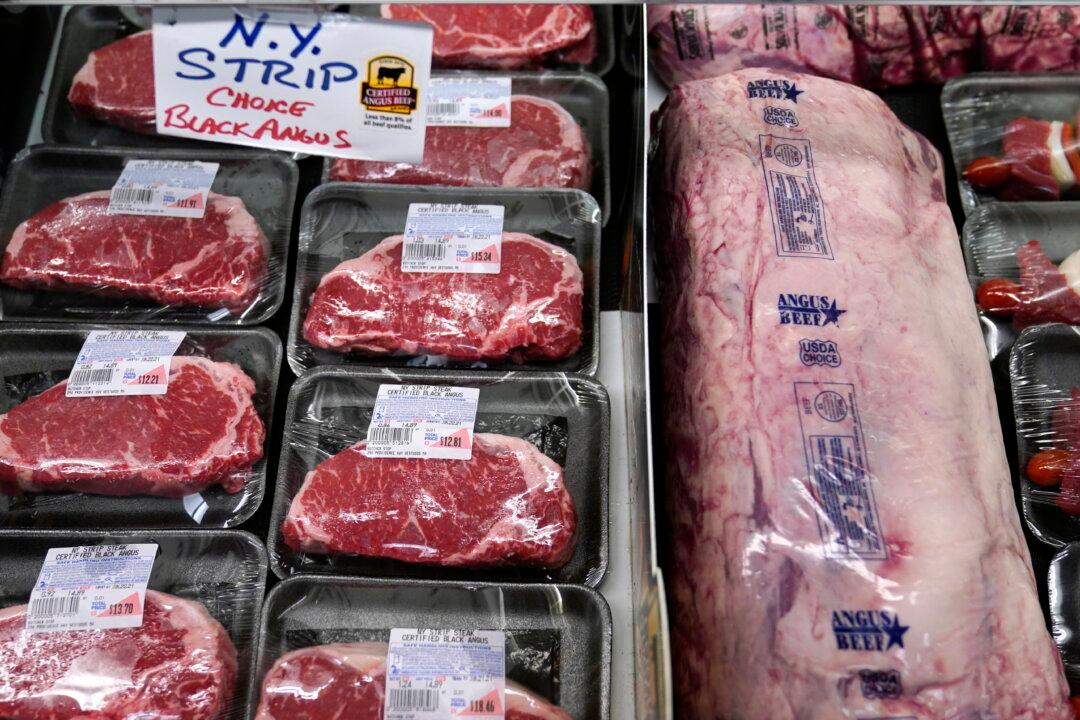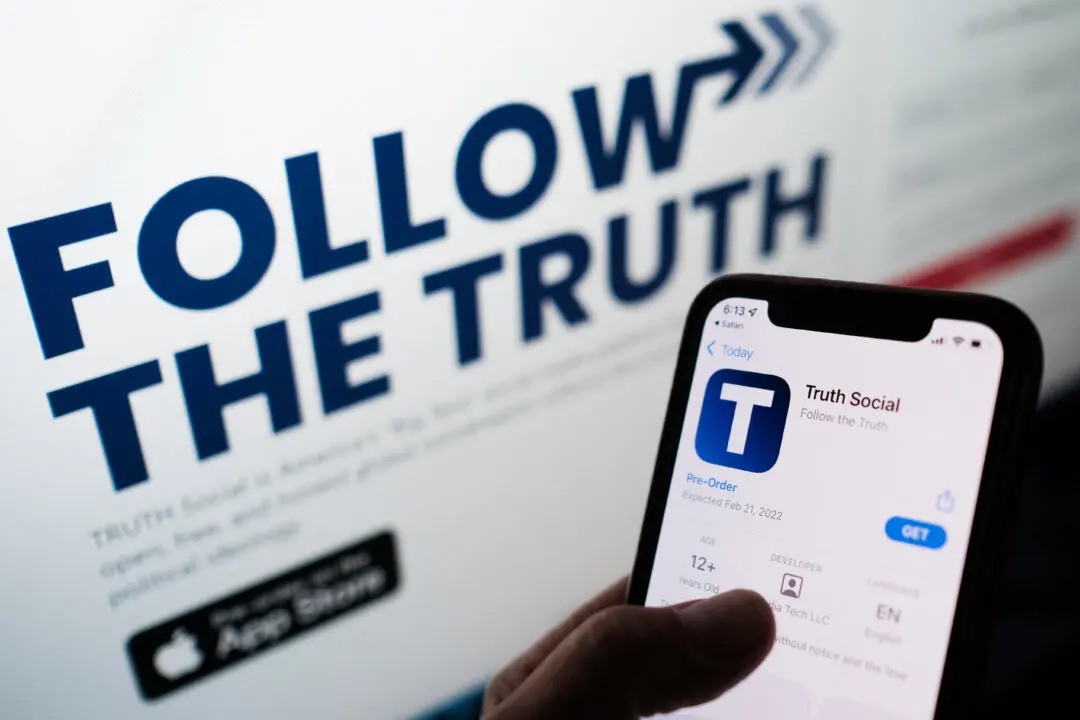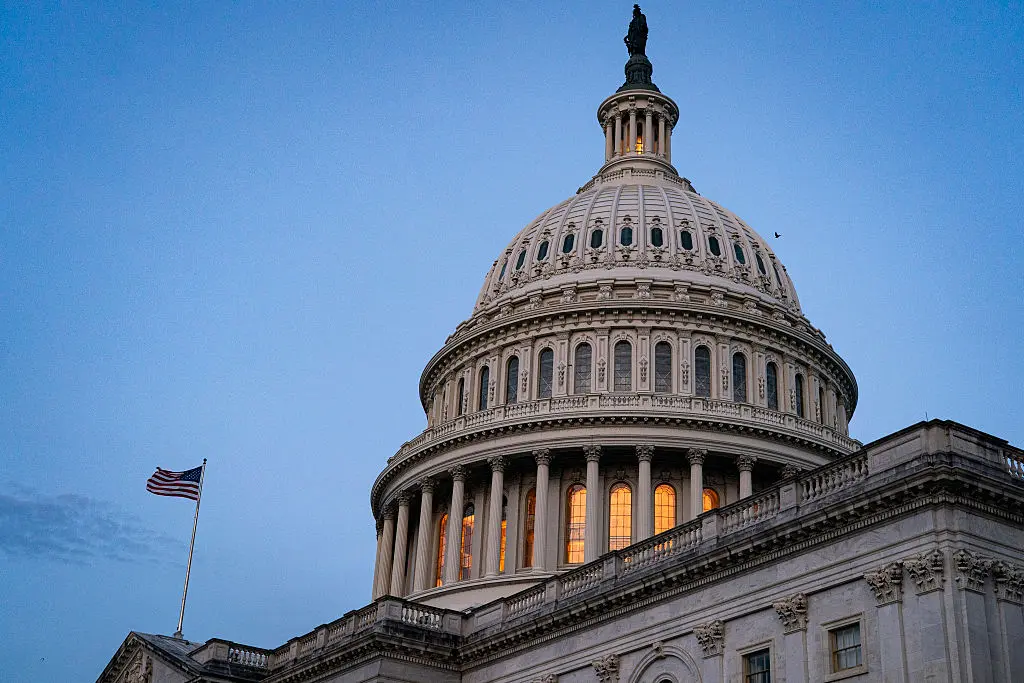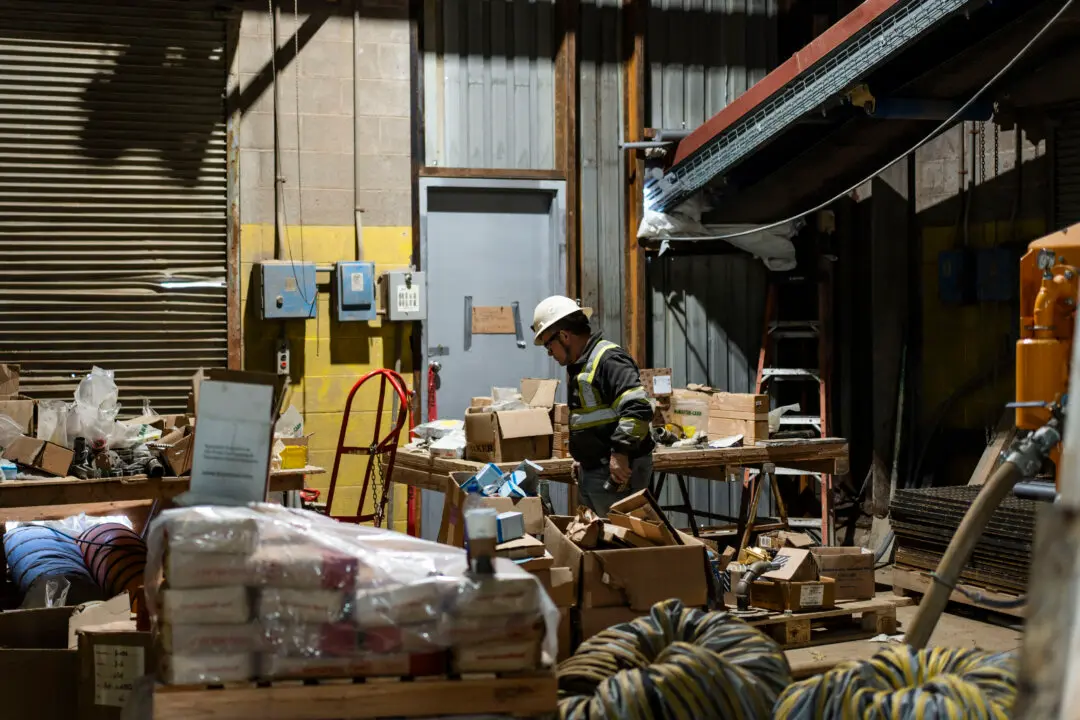Wholesale price inflation in the United States shot up 10 percent in February from a year earlier, matching January’s record high and a delivering a fresh sign that inflationary pressures continue to bedevil the U.S. economy.
The Producer Price Index (PPI), which tracks inflation before it hits consumers, rose by an annual 10 percent and an over-the-month 0.8 percent in February, the Labor Department said Tuesday.





